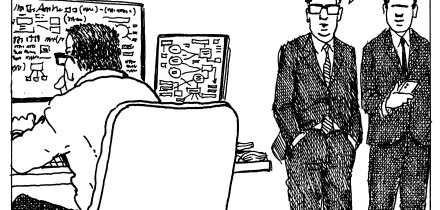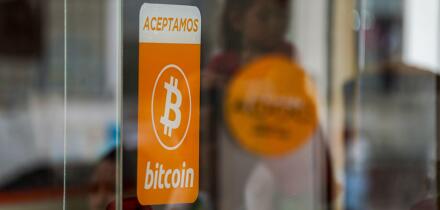by Professor Richard Roberts, King's College London
The starting line for rogue trader losses was the disintegration of the post-war Bretton Woods system of fixed exchange rates from 1971.
Hitherto the dealers’ room had been a backwater staffed by staid middle-aged clerks. But suddenly foreign exchange dealing was sexy and profitable. Pay soared — by 1974, a chief dealer was earning £15,000 ($21,561), several times the wage of bank colleagues at the same grade and far exceeding then average wages — and a new breed of dealer was strutting bank dealing rooms, characterised as “about 27” and from a working-class background.
That year saw the first major rogue trader sensation — a £33m loss by FX dealer Marc Colombo, 29, at Lloyds Bank International’s tiny branch in Lugano, Switzerland. Like his successors Colombo tried to recoup losses by further speculation, until the scale of his £500m of unauthorised dealings “had seasoned dealers gasping”.
Rogue trader scandals multiplied in the late 1970s and 1980s as trading became increasingly important as a source of bank profits and derivatives proliferated beyond foreign exchange.
Perpetrators were not just small fry. In 1991 the head of bond trading at mighty Salomon Brothers was found to have faked customer bids in auctions of US Treasury securities.
In 1994 Joseph Jett, government bond boss at Kidder Peabody, a venerable Wall Street investment bank, was fired for perpetrating an elaborate scam involving the invention of $350m of phantom trades to boost his $9m bonus and cover up losses. Jett was the first financier to whom the term ‘rogue trader’ was widely applied — up to then it was shady consumer credit providers, sellers of ‘killer tyres’ and the like.
The mid-1990s saw a trio of rogue trader scandals each costing more than $1bn. The most sensational was the $1.3bn of losses in derivatives trading run up by Nick Leeson, 28, that sank Baring Brothers, the City’s oldest merchant bank, in February 1995. Leeson’s designation thus by Eddie George, then governor of the Bank of England, popularised the term in London. Leeson’s memoirs, and a lacklustre film based on his exploits, were both entitled Rogue Trader.
Six months later Daiwa Bank revealed a $1.1bn loss at its New York branch by bond dealer Toshihide Iguchi. His nightmare began in 1984 when he made a $200,000 trading loss. Hoping to win the money back he covered up the deficit and went on trading, making losses averaging $400,000 per working day over 11 years. Eventually, worn down by the strain — he didn’t dare take a holiday and his marriage collapsed — he confessed.
Yasuto Hamanaka’s troubles also began when he hid a small loss and tried to make it back. In June 1996, Sumitomo Corporation revealed that its head of copper trading had run up record losses of $2.6bn.
The 2000s saw plenty more rogue trader episodes, with derivatives frequently involved. In 2011, UBS trader Kweku Adoboli, 31, confessed to $2.3bn of losses from unauthorised trading of equity index derivatives. But in a league of its own was the $6.9bn of losses run up by SocGen rogue trader Jérôme Kerviel, 31, that came to light in 2008 based on $70bn of unauthorised European index futures trades.
All the “big five” rogue traders received jail sentences, from four to eight years. Kerviel was also ordered to pay SocGen the lost $6.9bn — with a job paying $140,000 a year, it would take him 49,000 years.
Among earlier rogue trading cases there was a pattern of losses being incurred in units far from head office, of perpetrators having control over back office processing, and of concealed small deficits leading to large ones as dealers doubled up to recoup losses.
But only the last part of the pattern applies to Adoboli and Kerviel. For them, controls were readily bypassed on an industrial scale from the heart of the firm.
After the 1974 “Lloyds disaster”, a computer consultancy marketed a banking package to provide top management with a complete picture of dealer exposures that “puts an end to any danger of financial disasters”. In an intriguing echo of this promising product, last month Credit Suisse announced that it was teaming up Palantir Technologies, which numbers the CIA’s venture capital arm In-Q-Tel among its investors, “to use data-driven behavioural analysis to root out rogue traders and insider dealing”. And the best of British luck to them.





